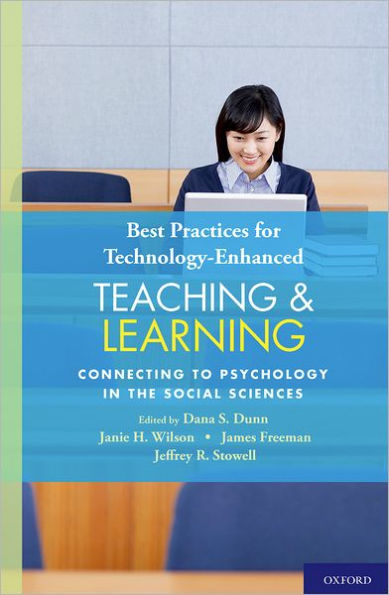5
1
9780199733187



Best Practices for Technology-Enhanced Teaching and Learning: Connecting to Psychology and the Social Sciences available in Hardcover, eBook

Best Practices for Technology-Enhanced Teaching and Learning: Connecting to Psychology and the Social Sciences
- ISBN-10:
- 019973318X
- ISBN-13:
- 9780199733187
- Pub. Date:
- 02/02/2011
- Publisher:
- Oxford University Press
- ISBN-10:
- 019973318X
- ISBN-13:
- 9780199733187
- Pub. Date:
- 02/02/2011
- Publisher:
- Oxford University Press

Best Practices for Technology-Enhanced Teaching and Learning: Connecting to Psychology and the Social Sciences
$105.0
Current price is , Original price is $105.0. You
105.0
In Stock

Product Details
| ISBN-13: | 9780199733187 |
|---|---|
| Publisher: | Oxford University Press |
| Publication date: | 02/02/2011 |
| Pages: | 352 |
| Product dimensions: | 6.20(w) x 9.30(h) x 1.20(d) |
About the Author
From the B&N Reads Blog
